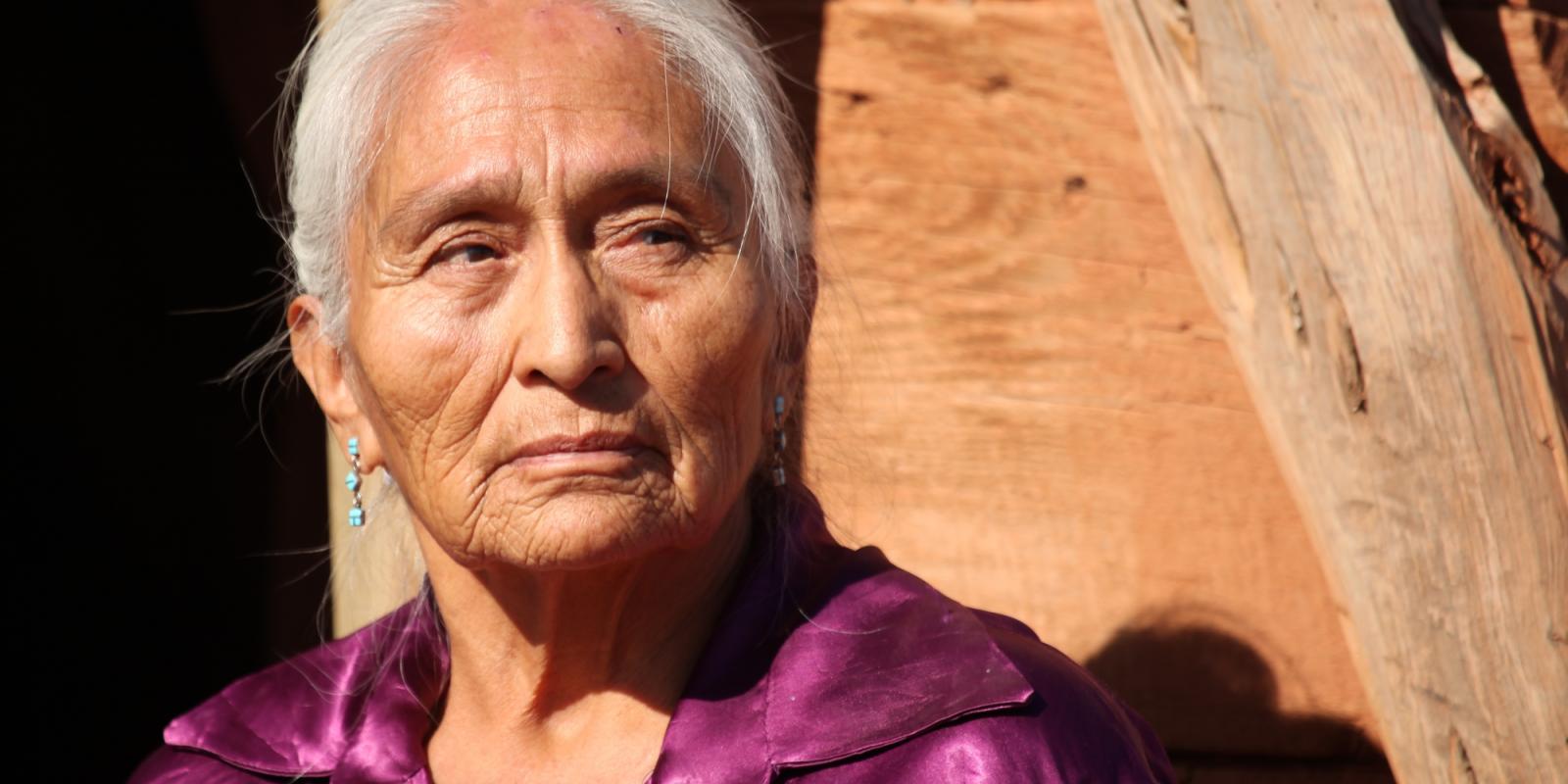This post is the third of three posts concerning the issue of obesity and Indigenous populations. A series of conversations with Indigenous people culminated in three fact sheets (Fact Sheet 1; Fact Sheet 2; Fact Sheet 3), which will be used at a Hill Day in Washington, DC, in May, to advocate for better care for obesity for everyone, but specifically for Indigenous elders.
In nearly two weeks, staff from the American Society on Aging (ASA) and Indigenous elder advocates will travel from across the country to Washington, DC, to shed light on the critical issue of obesity among Native older adults.
Working these past few months alongside ASA’s Member Thought Leadership and Impact Manager Julia Burrowes and pulling from my experience this past summer working on Capitol Hill as a Ways and Means Subcommittee on Health fellow, I have had the pleasure of helping to shape our upcoming Hill Day and the lasting impact we seek to leave on federal policymakers and their staff.
In just a few weeks, we will meet with leaders and staff from nearly all the committees of health jurisdiction on the House and Senate side, ensuring our message is heard widely.
Our asks of elected officials and their staff have been shaped by themes and insights that emerged last year during a series of ASA roundtable sessions with Indigenous elders.
With Hill Day soon approaching, let’s delve into exactly what we will be advocating for:
1. Allow for healthier and more culturally appropriate foods to be offered through the Title III and Title VI programs of the Older Americans Act.
As it stands, the Older Americans Act (OAA) serves as a federal vehicle, in part, to combat the hunger and food insecurity that is so prevalent among older adults ages 60 and older. The Title III program is not solely focused on Native elders, but some programs do serve to support Indigenous older adults. On the other hand, the Title IV program exclusively seeks to uplift Native American, Alaskan Native and Native Hawaiian elders and their caregivers, through supportive services such as home-delivered meals and community-based congregate food allocation.
Title III and VI programs should not merely provide food for Native elders, but their plates should be filled with nutritious, culturally appropriate options.
While the OAA nutrition provisions are critical in addressing the malnutrition and food insecurity issues plaguing tribal communities, the primary commodity foods being allocated through federal government programs are often unhealthy and lack cultural relevance. For example, the USDA’s Food Distribution Program on Indian reservations claims to heighten access to healthy foods, yet the program pulls from the 2024 Commodity Food List, which is chock full of unhealthy canned and processed products.
Undoubtedly, the OAA Title III and VI programs provide the necessary vehicle to address the obesity issue facing older Native Americans. Yet federal lawmakers must reassess how such programs are being used and implemented to ensure that it is not merely providing food on the tables for Native elders, but that plates are filled with nutritious, culturally appropriate options.
2. Reform Indian Health Services to allow for more culturally appropriate care and better access to care.
One of the primary themes that arose during ASA’s roundtable discussions with Indigenous elders was that provider care lacked the necessary cultural understanding.
As it stands, the Indian Health Services (IHS) provides care to nearly 2.2 million Native elders across the country. Yet, despite the existence of such a program, health inequities among Native Americans, especially older adults, are significant. Indigenous older adults face alarmingly high rates of chronic illnesses, even beyond obesity, including hypertension, lowered life expectancy and higher mortality rates from Alzheimer’s. Given the presence of such extreme disparities, to achieve some level of health parity, it is especially important that providers are culturally aware of the unique obstacles facing Indigenous elders.
The chronically underfunded nature of the IHS by the federal government, however, remains an issue. Lack of necessary funding has led to substandard staffing of hospitals in tribal areas and reduced service offerings. To address the issue of obesity facing Native elders, we must ensure that the care being offered is culturally relevant and attuned to their cultural history. Yet, for this to happen, Congress must demonstrate that Indigenous health is a priority by increasing necessary financial resources for the IHS.
3. Greater access and options for obesity care treatment.
Today’s federal health system does not offer coverage, and thus fails to recognize traditional ways of healing and medicine as a means of addressing obesity for Indigenous elders. This is inherently problematic, as the desires and needs of Indigenous elders and their families are unable to be met. Instead, Indigenous elders are required to follow Westernized care options that do not encapsulate the centuries-old healing practices Native communities have employed.
Undoubtedly, a throughline of our upcoming Hill visits will be the need to incorporate culturally sensitive options into federal health insurance programs.
Time to Make Change
In only a few weeks, Indigenous elder advocates and ASA staff will walk through the halls of Congress, highlighting the critical importance and need for more culturally appropriate care for Indigenous elders with obesity. With greater advocacy and awareness, we can ensure Native older Americans’ nutrition and health needs are well supported and appropriately addressed through government programs.
Arielle Galinsky will soon graduate from Tufts University, having studied Biopsychology, Community Health and American Politics. In the fall, she will pursue a Master of Public Policy at the Kennedy School as a John F. Kennedy Fellowship recipient. She serves as a co-founder of The Legacy Project, a Massachusetts based nonprofit that connects college students and older adults for the purpose of building intergenerational connection and preserving life histories. And, she’s an intern with ASA.













